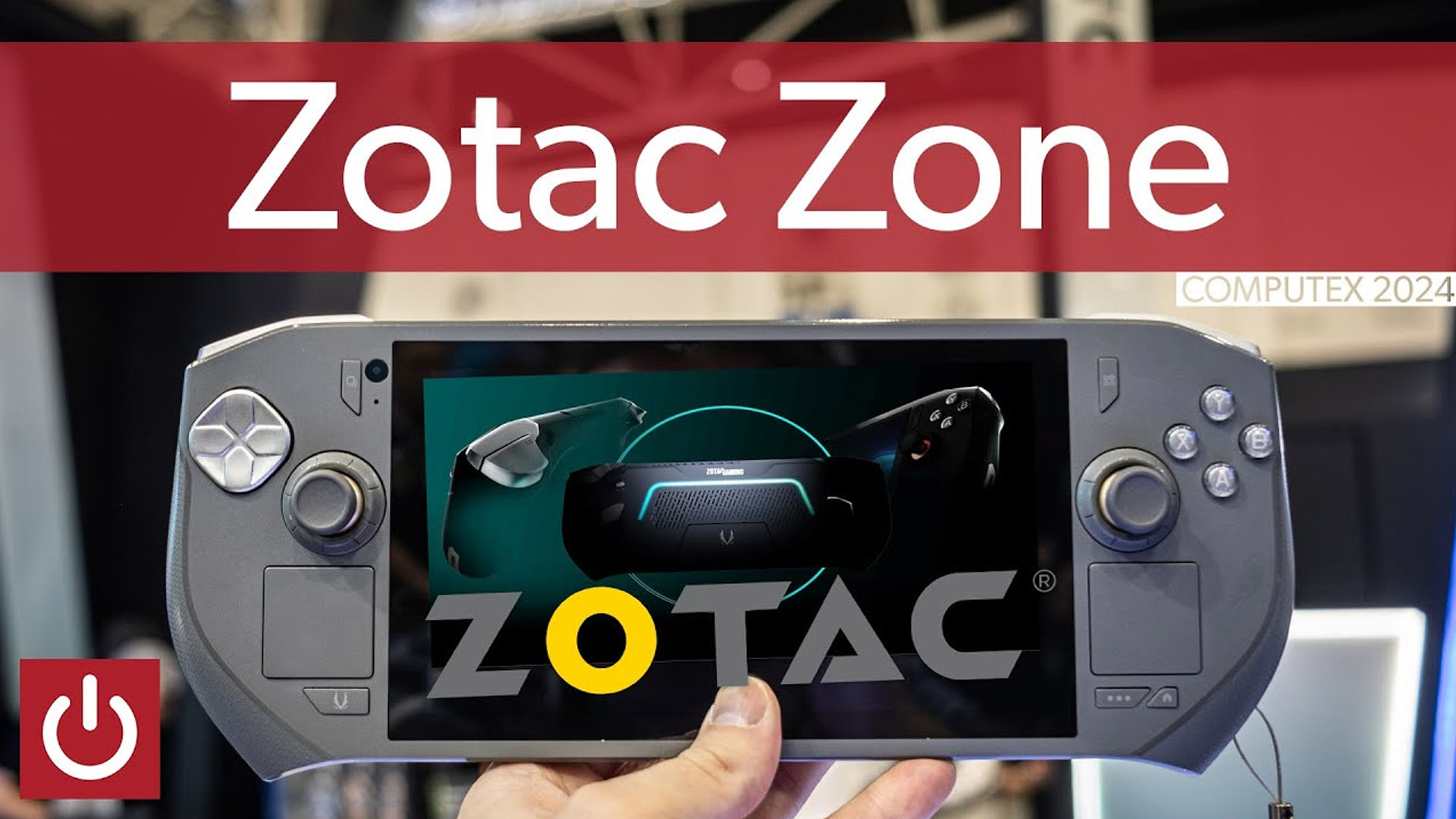
Zotac Enters the Portable Gaming Arena with the Zone: A Potential Steam Deck Challenger?
The portable gaming PC market, once a niche curiosity, has exploded into a competitive landscape dominated by industry giants and fueled by consumer demand for on-the-go PC gaming experiences. Leading the charge are devices like the Steam Deck, which has redefined expectations for handheld gaming. Now, Zotac, a name typically associated with graphics cards and mini-PCs, is stepping into the ring with the Zone, a new portable gaming PC that aims to carve out its own space with a unique combination of features and design choices.
At first glance, the Zotac Zone bears a striking resemblance to the Steam Deck, mirroring its overall form factor and control layout. However, a closer inspection reveals a number of distinctive elements that set the Zone apart and position it as a compelling alternative for gamers seeking a different experience.
One of the most notable distinguishing factors is the inclusion of dual trackpads, strategically positioned on either side of the screen. This design choice makes the Zone the only Windows-based handheld to incorporate this feature, potentially opening up new control possibilities and offering enhanced precision for certain games and applications. Trackpads can be particularly useful for genres like real-time strategy or games that require mouse-like input, providing an alternative to traditional analog sticks.
Another significant deviation from the established norm is the placement of the analog sticks. Zotac has opted for a "PlayStation-style" configuration, positioning the sticks below and to the inside of the device. This layout is favored by many console gamers and could provide a more comfortable and familiar experience for those accustomed to PlayStation controllers. Adding to the appeal, these analog sticks utilize hall effect sensors, a technology that eliminates the risk of stick drift, a common issue that can plague traditional analog sticks over time. The hall effect sensors rely on magnets rather than physical contact, ensuring smoother and more reliable performance.
Surrounding each analog stick are circular scroll wheels, a unique addition that further enhances the Zone’s versatility. These wheels can be customized to control various functions, such as volume adjustment, zooming, or any other action that the user desires. This level of customization adds a layer of personalization to the gaming experience, allowing players to tailor the controls to their specific needs and preferences.
The Zotac Zone also stands out from its competitors with its display technology. It boasts a 7-inch OLED screen with a 120Hz refresh rate, making it the first Windows-based handheld to feature an OLED panel. This display technology offers superior color accuracy, deeper blacks, and improved contrast compared to traditional LCD screens. The screen’s impressive brightness of 800 nits further enhances the visual experience, ensuring clear visibility even in brightly lit environments. This makes the Zotac Zone a visually stunning option, challenging the upgraded Steam Deck OLED as a top contender in display quality.
Powering the Zotac Zone is an AMD Ryzen 8840U APU, a processor commonly found in other portable gaming PCs. This APU, paired with 16GB of DDR5 memory, provides ample performance for running a wide range of games and applications. While the Ryzen 8840U is a common choice in this category, it offers a solid balance of power efficiency and processing capabilities, allowing for extended gaming sessions on the go.
Zotac has also paid attention to other aspects of the design, incorporating features that cater to different user preferences. The Zone features a "clicky" d-pad, which is favored by fans of fighting games for its precise and tactile feedback. The triggers also offer adjustable modes, allowing users to switch between clicky and full-length actuation, similar to the Xbox Elite controller. This level of customization allows players to fine-tune the controls to their preferred style.
For connectivity, the Zone includes USB-C ports on both the top and bottom of the device, providing flexibility for charging and connecting peripherals. A deployable kickstand adds convenience for tabletop gaming or media consumption. Furthermore, the Zone utilizes a full-length 2280 M.2 SSD for storage, similar to the new Asus ROG Ally X. This design choice allows for easy and affordable storage upgrades, as 2280 SSDs are widely available and relatively inexpensive. The inclusion of a front-facing camera for Windows Hello login adds another layer of convenience and security.
While the Zotac Zone hardware showcased at Computex was a pre-release engineering sample, early impressions suggest that it is a promising contender in the portable gaming PC market. The device’s size is comparable to the ROG Ally, making it relatively compact within its category. However, the inclusion of touchpads means that the speakers are positioned on the bottom of the device rather than the front, which could potentially affect audio quality. One area of concern is the mushy feel of the ABXY buttons, a potential issue that Zotac will hopefully address before the final release.
Despite the initial positive impressions, key details regarding the Zotac Zone remain undisclosed. Zotac has yet to announce a precise release date or pricing information. However, the company has indicated that the Zone is expected to hit the market sometime in the second half of the year. The pricing will undoubtedly be a crucial factor in determining the Zone’s success, as it will need to be competitive with other established players in the market.
The Zotac Zone represents a bold step for the company, demonstrating its ambition to expand beyond its traditional product categories. With its unique combination of features, including dual trackpads, PlayStation-style analog stick placement, hall effect sensors, customizable scroll wheels, an OLED display, and a focus on user-friendly design, the Zone has the potential to disrupt the portable gaming PC market and offer a compelling alternative to the Steam Deck and other competitors. Whether it can successfully capture a significant share of the market will depend on its final pricing, performance, and overall user experience.
